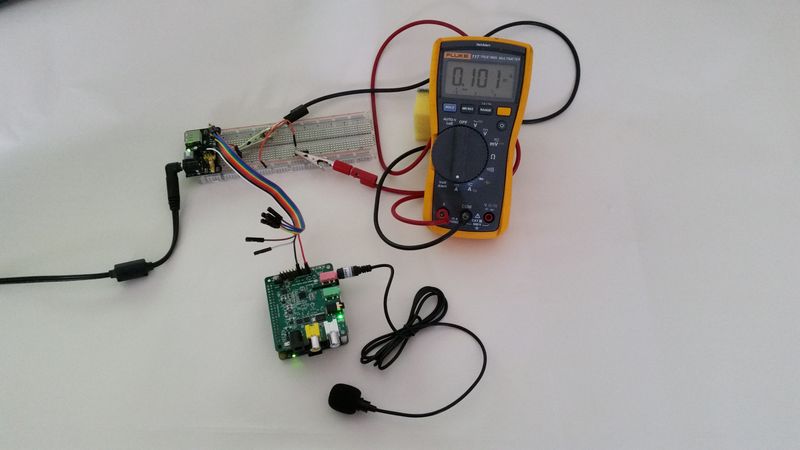Power experiments - failed.
Running the entire Solo from 3.3 volts works, but isn’t any more power-efficient.
The usual way of powering the Solo, via the well-known USB cable, supplies the Raspberry Pi with 5 Volts. This is immediately reduced to 3.3V on-board; enough for everything we use. (It wouldn’t be able to pass 5V out through the USB socket, but we don’t use that). I had been sure that this voltage conversion was lossy - probably using a linear regulator, which simply burns off the unwanted 1.7 volts (appearing as heat). I anticipated (wrongly) there was a (5.0-3.3)/5.0 = 34% reduction in power usage at my finger tips. Great news for run-times on battery deployments. I thought.
But it didn’t work. I got no benefit at all. Based on the normal supply voltage of 5V, the Solo consumes 70mA = 350mW (see here). Disappointingly, the results of today’s experiment showed that, powered from 3.3v it consumed 100mA = 330mW. I suppose it is a small gain, but not what I’d expected, not worth the hassle of unfamiliar cabling for most people.
Annoyed and cross, I took a pair of pliers to the green LED on the CLAC. This one can’t be controlled in software, as it’s connected directly across the 3.3V power rail, and it’s always annoyed me that it wastes power.
Again, I got nothing at all in power reduction:
Looking at the schematic, I see it’s in series with a 1k resistor, so the best I could ever hope for would be 1 mA. But I didn’t even get that.
Conclusion: The Raspberry Pi A+ must have a much better 5v-3.3V regulator than I’d assumed. Whatever stories I’d read of people clipping out their Linear Regulators must now be old news.
We can’t do any better than good-old USB power - which is, in some ways, a good result.



